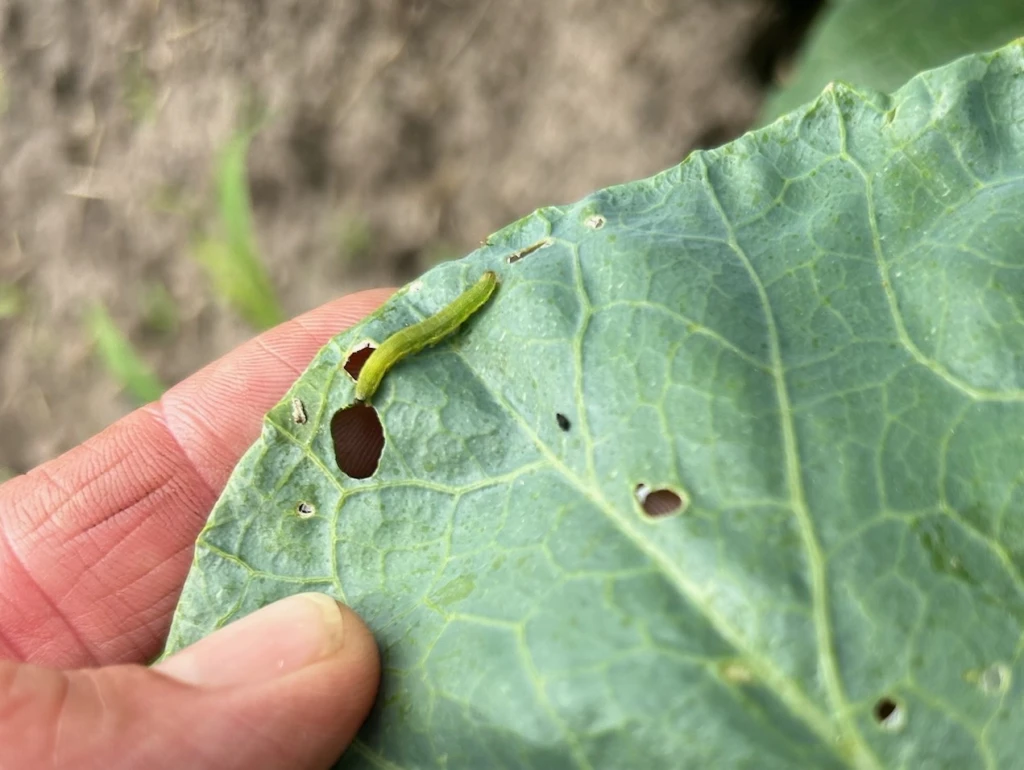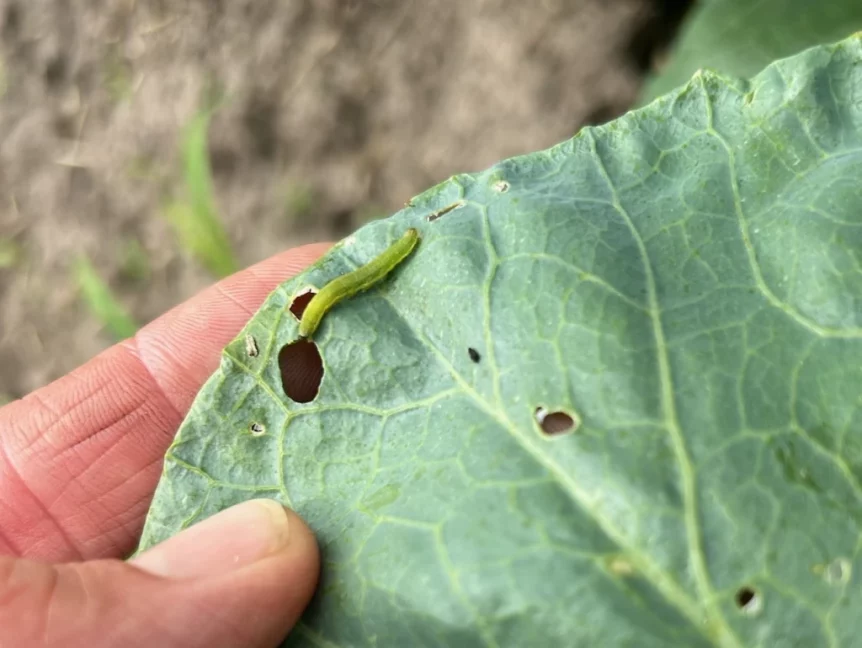
Weekly Field Update
Clemson Extension agents provide updates in The South Carolina Grower this week about the status of various crops being produced throughout the state.
Coastal Region
Zack Snipes
- A great week of weather in the Lowcountry. We could use some rain, as it is beginning to get very dry.
- Brassicas look amazing this fall. We have very little insect pressure and very little incidence of black rot. Do not let your guard down on scouting for caterpillars in brassicas. Let’s keep an eye out for them, and manage with conventional or organic pesticides to keep populations low this fall. A timely application before populations build can prevent recurring applications of pesticides, thus reducing our inputs and overall environmental impact.
- Currently, I am only finding black rot on the bottom leaves of broccoli. We should be harvesting broccoli and collards beginning this week.
- Strawberries plugs and cut-off are beginning to arrive. Growers should inspect them closely and make difficult decisions on whether to plant diseased plants or not. I recommend doing a drench or dip of plants in Switch before setting them out in the field. We lose most of our plants to neopestalotiopsis in the fall, so it is critical we spend a little extra time protecting them before we plant them. Call me if you have any questions about your strawberries.
Midlands
Phillip Carnley
- Strawberries are finally starting to arrive in the midland and are being planted. Now is the time to make sure that plants are planted correctly and not too deep or J rooted. An application of phosphite fungicide or Orondis Gold will ensure that plants are protected from phytophthora or anthracnose.
- Leafy greens are doing well with the cooler temperatures. With drier weather, I’m seeing more sand abrasion from high winds. Some plants have been stunted from the use of a growth regulator from the nursery and are just now starting to grow out.
- The last of the late-season peas are being harvested and look to be producing well with little in the way of insect damage, but there are a few green stink bugs floating around in the fields.
- Fall pumpkins are being harvested with good numbers with powdery mildew in places and some downy mildew present as well.
Pee Dee
Christiana Huss
- The eastern Pee Dee was relatively unaffected by Hurricane Helene. Some areas got a couple inches of rain and some gusty winds.
- Some disease symptoms have appeared after the rain, including black rot on collards. Fungicides cannot control black rot. Instead, strict crop rotation and certified disease-free seed are the best ways to prevent it.
- Imported cabbageworm, banded cucumber beetles and diamondback moths have all been found on young leafy brassicas.
- Strawberry plants have arrived! If your plants arrive with leaf spots, dark-colored roots or dark inner crowns, I advise sending samples to the disease diagnostic lab. Avoid planting diseased or weak plants if possible.
Brittney King
- We had a lovely week of fall weather last week in the Pee Dee, with some nights dropping to the low 40s. Strawberry growers are getting plants this week and are ready to get them in the ground.
- Now is the time to ensure deer fences and other deterrents are in place. If you wait until the deer are causing damage to act, it will be too late! I am more than happy to inspect your plants before planting. I highly recommend a pre-plant dip this year, especially if you struggled with crown or root rot issues last year. Do not plant anything with brown or damaged-looking roots, insect damage, or plants that look stunted.
- Winter berries are progressing well, but I am starting to see some wilting and crown rot in the field, most likely from Anthracnose crown rot (ACR). It is essential to send samples off to the lab to get confirmation of a diagnosis, because many disease pathogens in strawberry production have resistance to certain fungicide groups. Topsin M and Captan are both effective against ACR.
- Fall greens are loving the temperature dip. Banded cucumber beetle numbers have gone down on collards, but the diamondback moth caterpillar is present and causing damage as usual. Be sure to keep an eye on fertility as we have had a few heavy downpours that have most likely washed out some of our pre-plant fertility due to our sandier soils.
- Sweetpotato harvest is pretty much done, and yields were good besides some damage from the wireworm complex.










